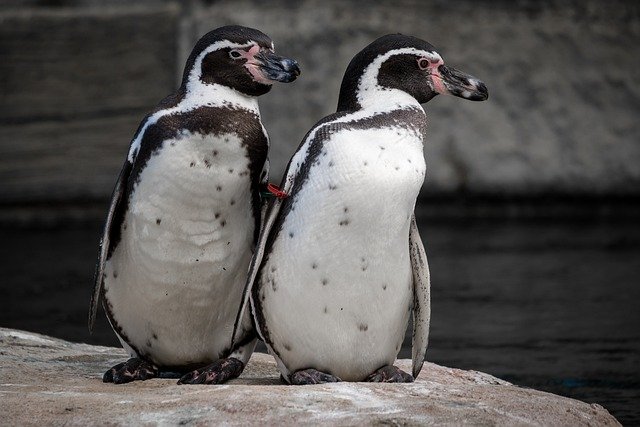**Title: "The Social Lives of Penguins: How Community Shapes Survival in the Antarctic"** **

The Social Lives of Penguins: How Community Shapes Survival in the Antarctic
Penguins, often seen waddling across icy landscapes or gracefully gliding through frigid waters, are fascinating creatures that have adapted to some of the harshest environments on Earth. One of the most intriguing aspects of their behavior is their social structure and community dynamics, which play a crucial role in their survival in the unforgiving Antarctic climate.
The Importance of Community
Penguins are inherently social animals, often forming large colonies that can number in the thousands. These communities provide numerous benefits that enhance their chances of survival:
1. Protection from Predators
Living in large groups offers penguins a layer of protection against predators such as seals and seabirds. The sheer number of individuals can deter potential threats, while the collective vigilance of the group increases the chances of spotting danger early.
2. Thermal Regulation
Antarctic temperatures can plummet, making it essential for penguins to conserve body heat. By huddling together, they create a microclimate that helps to shield them from the biting cold. This behavior is particularly evident in Emperor penguins during the harsh winter months, where they can rotate positions within the huddle to ensure that all members benefit from the warmth.
3. Cooperative Breeding and Rearing of Young
Many penguin species exhibit cooperative breeding behaviors. In colonies, adults often assist one another in caring for chicks, sharing the responsibilities of feeding and protecting them. This communal effort increases the survival rate of the young, as more eyes are available to watch for predators and more adults can help find food.
Communication and Social Bonds
Penguins have developed a range of vocalizations and body language to communicate within their communities. Each species has its unique calls, which help individuals recognize their mates and offspring among the cacophony of sounds in a bustling colony.
1. Vocal Recognition
Research has shown that penguins can identify their partners and chicks by their distinctive calls. This ability is crucial during breeding season when thousands of penguins are gathered together. The ability to recognize each other ensures that parents can find and care for their young amidst the chaos.
2. Social Hierarchy
Within penguin colonies, social hierarchies can emerge. Dominance displays and interactions help establish relationships, which can influence access to resources such as food and nesting sites. Understanding these dynamics is essential for researchers studying penguin behavior and ecology.
The Impact of Climate Change
As climate change continues to affect the Antarctic region, the social structures of penguin communities are also under threat. Melting ice, changing food availability, and increased human activity can disrupt their traditional breeding and foraging patterns.
1. Disruption of Breeding Colonies
Changes in sea ice can lead to the abandonment of traditional nesting sites, forcing penguins to adapt to new environments. This disruption can impact the social bonds that have developed over generations, potentially leading to decreased survival rates.
2. Food Scarcity
With shifting ocean temperatures and currents, the availability of krill and fish—key components of the penguin diet—may decline. This scarcity can lead to increased competition within and between colonies, straining social bonds and impacting the overall health of populations.
Conclusion
The social lives of penguins are a testament to the power of community in the face of adversity. Their intricate social structures not only enhance their survival in the harsh Antarctic environment but also highlight the importance of cooperation and communication in the animal kingdom. As we continue to study these remarkable creatures, understanding their social dynamics will be vital in efforts to conserve their populations in a rapidly changing world.
Feel free to share your thoughts and observations on penguin behavior in the comments below! 🐧
